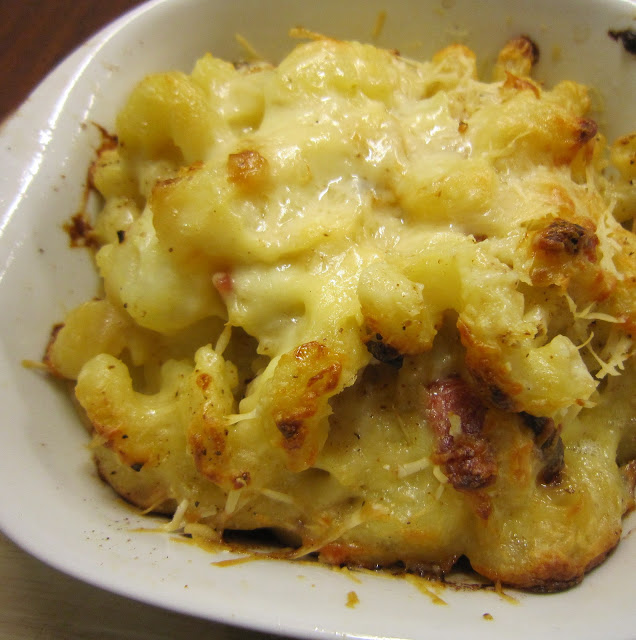Layers of squidgy, liqueur soaked sponge, custard and raspberry jelly, topped with dark chocolate shavings - add whipped cream if you can take it
Zuppa Inglese is essentially layers of liqueur-soaked sponge cake, custard, chocolate and maybe whipped cream. Harder to define the origins of the name. However, the soggier versions do bear an uncanny resemblance to an English trifle. My version aims for simplicity but because it is rich I prefer to take it in small doses. In Bologna they often stain the sponge a vivid red with a liqueur called Alchermes. Instead, my recipe uses Marsala – for flavour - and a raspberry jelly for flavour and colour. The zuppa is made in a 15cm square (6 inch) cake tin with a removable base. I don’t top it with whipped cream but you can if you prefer. Incidentally, while the photo shows two layers of sponge, I've decided that the recipe works better with just one layer.
Try it.
Serves 4.
200g sponge cake or sponge fingers
100ml Marsala
170g raspberry jam
2 sheets of gelatine
4 egg yolks
100g caster sugar
1 lemon’s zest
500ml milk
25g dark chocolate
Method
1. Line the cake tin with cling film.
2. Prick the sponge all over on both sides with a fork. Trickle half the Marsala over one side; turn over and repeat with the other side.
3. Make the custard by whisking together the eggs, sugar, flour and lemon zest in that order, then gradually adding the milk that you have heated up, stirring it constantly over a low heat until it starts to bubble and thicken. If it becomes lumpy use a hand held processor to break it up. Cool the custard.
4. Soften the gelatine in a bowl of cold water.
5. Place the raspberry jam in a bowl over a pan containing a few centimetres of simmering water. Strain the gelatine and stir in.
6. Sieve the mixture through a fine mesh and allow to cool.
7. Assemble the zuppa by carefully spooning the custard into the cake tin to create a level layer. Next comes the raspberry jelly, then the cake. Wrap the cling film over the cake and refrigerate.
8. Leave overnight if possible for the flavours to develop and for the zuppa to firm up.
9. To serve, unwrap the clingfilm, and allow the zuppa to slide out onto a plate. Carefully remove the clingfilm and grate over the chocolate.








